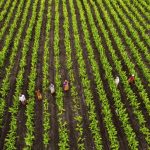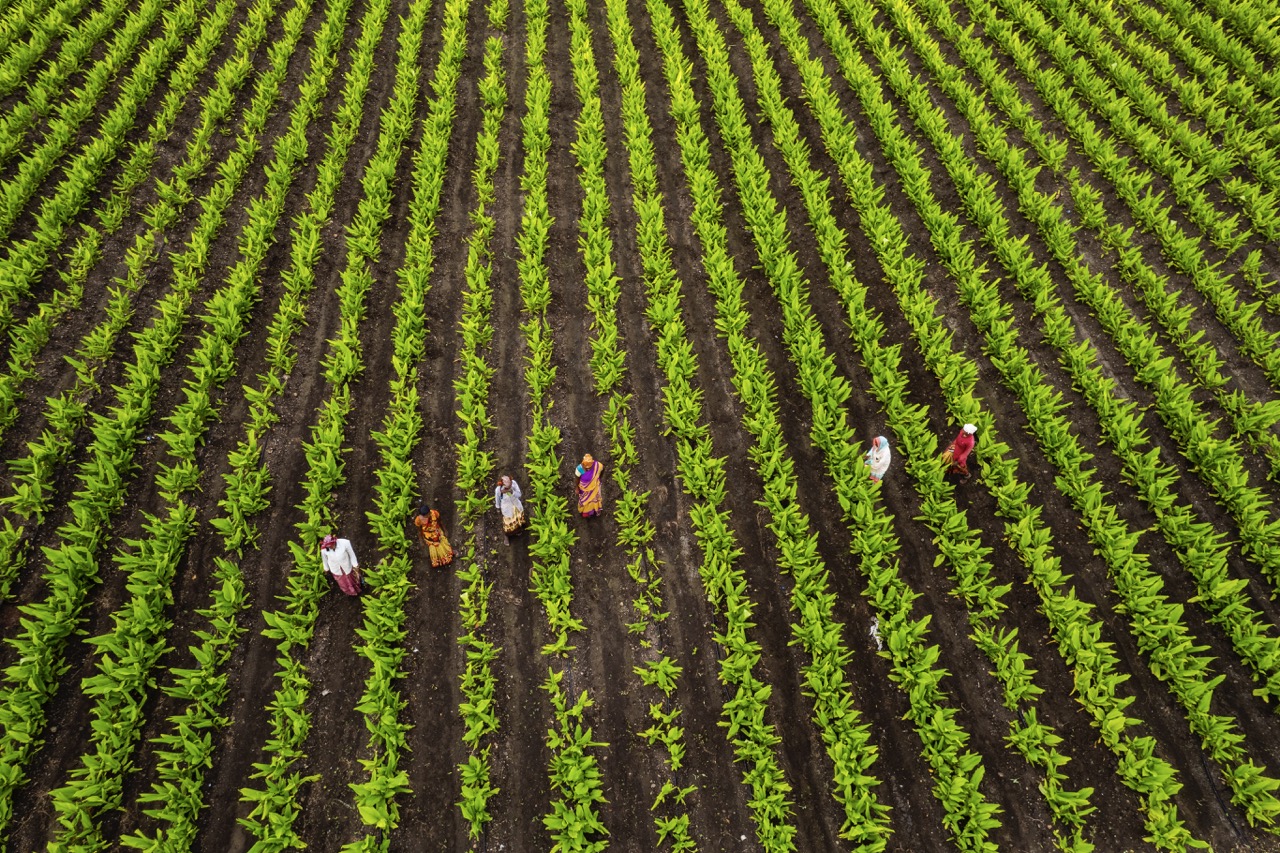Soil erosion poses a significant threat to agricultural productivity and sustainability. It occurs when the top layer of soil is removed by wind, water, or human activities, leading to reduced soil fertility and compromised crop yields. For farmers, understanding the causes and consequences of soil erosion is crucial for implementing effective prevention strategies. This article explores the causes of soil erosion, offers practical methods to combat it, and emphasizes the importance of sustainable practices and ongoing soil health monitoring to ensure a resilient farming future.
Understanding Soil Erosion: Causes and Consequences for Farms
Soil erosion is primarily driven by natural forces like water and wind, but human activities can exacerbate these effects. Intensive farming practices, deforestation, overgrazing, and inadequate land management are significant contributors to soil degradation. When vegetation cover is stripped away, the soil becomes vulnerable to erosion, leading to rapid nutrient loss and the potential for crop failure. These factors underscore the importance of recognizing both the natural and anthropogenic causes of soil erosion in order to develop effective prevention strategies.
The consequences of soil erosion extend beyond individual farms; they can impact entire ecosystems and local water quality. As sediment washes away from agricultural fields, it can pollute nearby rivers and lakes, contributing to eutrophication—a process that depletes oxygen in water bodies, harming aquatic life. In addition, soil erosion can lead to the loss of arable land, threatening food security in regions highly dependent on agriculture. Understanding these broader implications is essential for farmers and policymakers to take proactive measures in safeguarding soil health.
Moreover, the economic repercussions are significant. The cost of soil erosion includes increased fertilizer and water use, loss of crop yields, and, ultimately, the need for more extensive remediation efforts. Farmers may face declining profitability as their land becomes less productive over time. Consequently, investing in soil conservation practices not only protects the environment but also enhances the long-term viability of farming as an economic activity.
Effective Strategies to Prevent Soil Erosion on Your Land
Implementing effective strategies to prevent soil erosion begins with proper land management practices. One of the most effective methods is the use of contour plowing, which involves plowing along the contours of the land rather than up and down slopes. This technique helps slow water runoff and reduces soil displacement. Additionally, creating terraces can further diminish the speed of water flow, allowing it to infiltrate the soil rather than washing it away.
Another critical strategy is planting cover crops during the off-season. These crops, which include legumes and grasses, play a vital role in protecting the soil from erosion by covering bare ground and improving soil structure. Cover crops can also enhance soil fertility and biodiversity, contributing to a healthier farming ecosystem. Together with crop rotation, these practices can help maintain soil moisture and prevent runoff.
Incorporating organic matter such as compost and mulches into the soil can also significantly reduce erosion risks. Organic matter improves soil structure, enhances water retention, and promotes healthy microbial activity. By fostering a rich and diverse soil ecosystem, farmers can create a more resilient landscape capable of withstanding the forces of erosion, ultimately leading to improved agricultural outcomes.
Implementing Sustainable Practices for Long-Term Protection
Sustainable farming practices are paramount in combating soil erosion. Agroforestry, for example, integrates trees and shrubs into agricultural landscapes, providing additional cover and stabilizing soil with their root systems. These trees not only protect the soil but also offer additional benefits, such as windbreaks and habitat for wildlife, fostering a more balanced ecosystem. This holistic approach helps to mitigate the effects of soil erosion over time.
Furthermore, reducing the use of chemical fertilizers and pesticides can enhance soil health and biodiversity. Healthy soils, rich in organic matter, are more resilient to erosion and can sustain productivity over longer periods. Farmers can adopt integrated pest management (IPM) strategies that rely on natural pest control methods, reducing reliance on synthetic chemicals, thus promoting soil and environmental health.
Education and community engagement are also essential components of sustainable practices. By participating in local conservation programs and sharing knowledge with neighboring farmers, individuals can foster a culture of stewardship and collective action against soil erosion. Sustainable practices should not only be a personal endeavor but a community goal, as collaboration can lead to larger-scale improvements in land management and environmental resilience.
Monitoring and Maintaining Soil Health for Future Resilience
To ensure long-term protection against soil erosion, monitoring and maintaining soil health must become an integral part of farm management. Regular soil testing can help farmers understand nutrient levels, pH balance, and organic matter content, enabling them to make informed decisions about amendments and crop management. This proactive approach allows for timely interventions that can improve soil structure and prevent erosion.
In addition to testing, farmers should invest in soil conservation practices that enhance soil biology. Practices such as reduced tillage and the use of organic amendments can help maintain soil structure and porosity, which are crucial for preventing erosion. By fostering a diverse microbial community, farmers can enhance nutrient cycling and improve plant health, creating a more resilient agricultural system.
Finally, establishing a routine for assessing soil erosion risks is vital. This includes monitoring changes in land use, rainfall patterns, and crop yields. Utilizing technology, such as remote sensing and Geographic Information Systems (GIS), can aid farmers in identifying vulnerable areas and implementing targeted erosion control measures. By staying vigilant and adaptable, farmers can safeguard their land against soil erosion and ensure the sustainability of their operations for future generations.
Protecting your farm from soil erosion requires a comprehensive understanding of its causes and consequences, as well as the implementation of effective strategies and sustainable practices. By prioritizing soil health, monitoring conditions, and engaging with the broader agricultural community, farmers can cultivate a resilient landscape capable of withstanding the challenges of erosion. As stewards of the land, it is imperative that farmers take proactive measures to ensure the longevity and productivity of their farms, ultimately contributing to food security and environmental sustainability.










